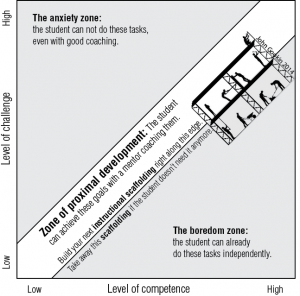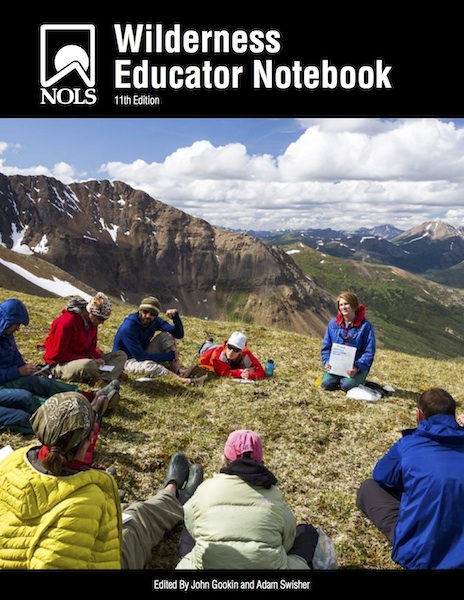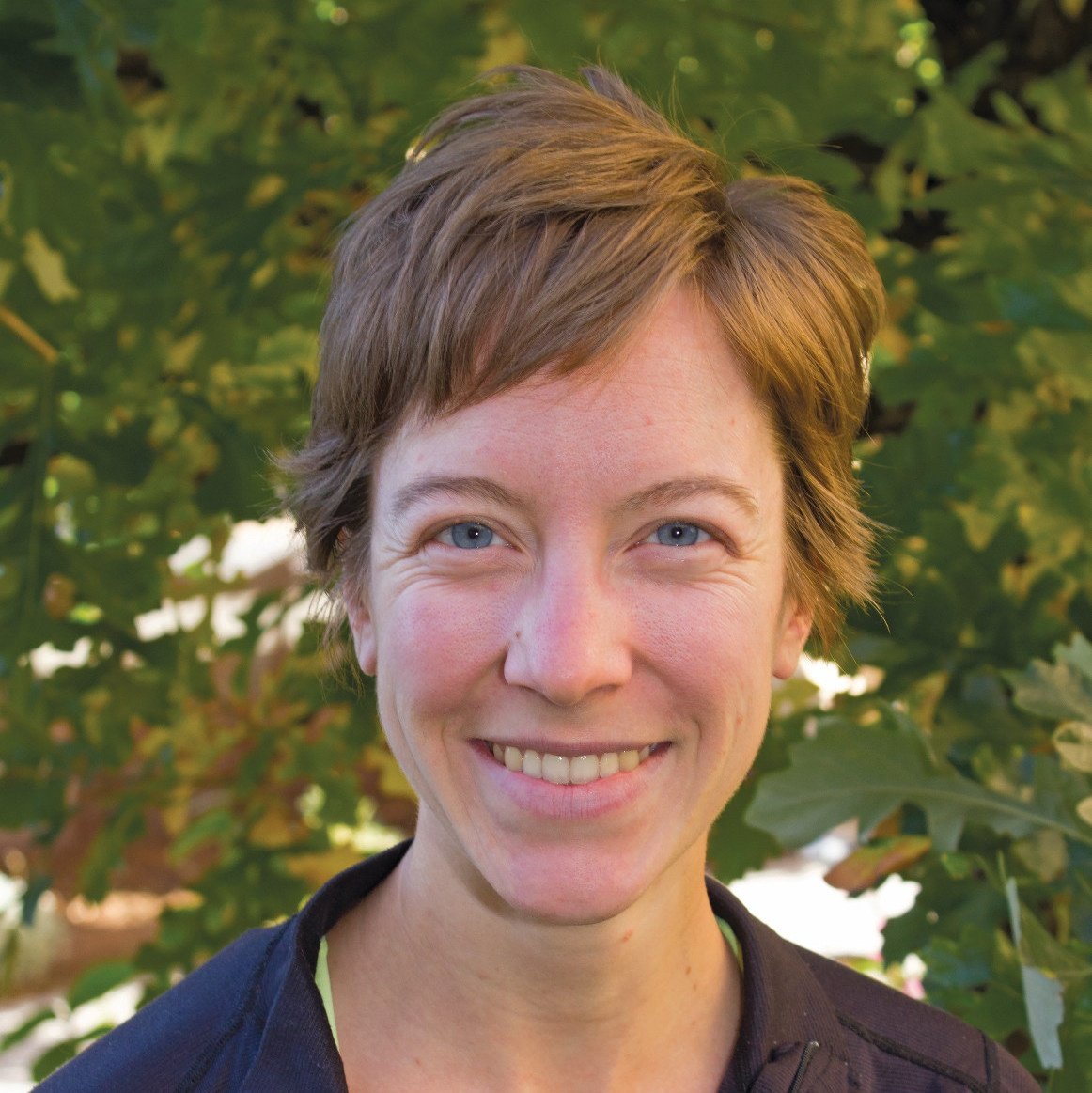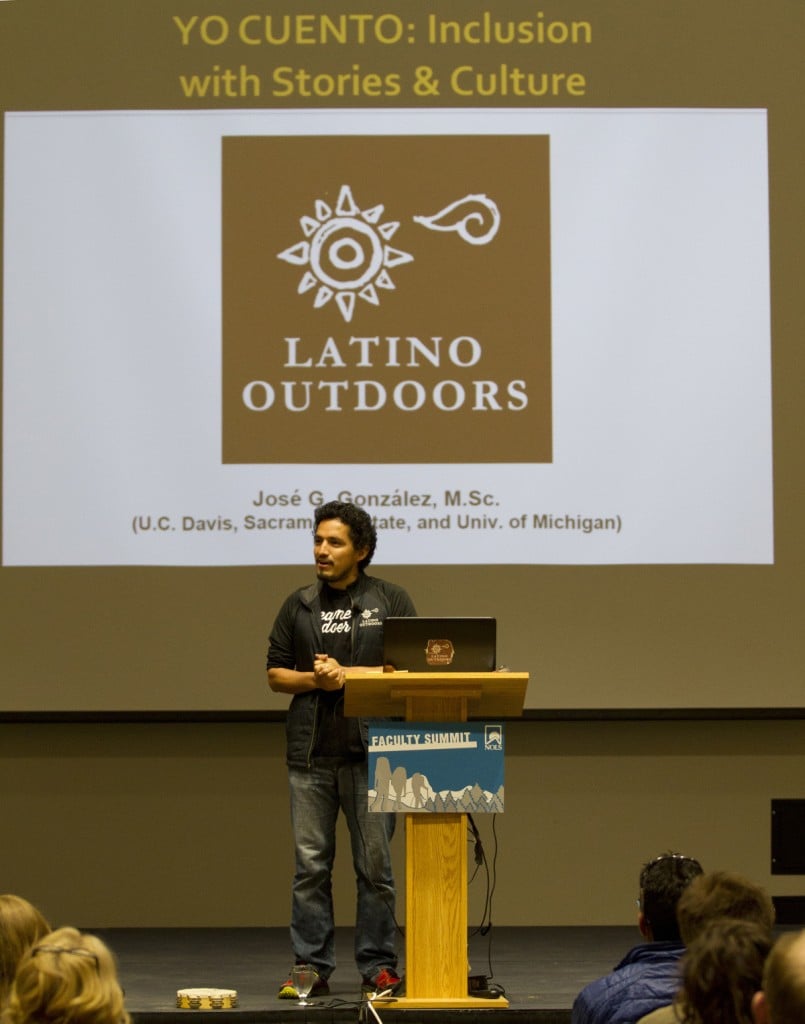Spring is here, and to celebrate the season we have a shiny new book to show off: the 11th edition of the NOLS Wilderness Educator Notebook.
This edition contains the most up-to-date research in teaching methodology and theory—take a look below to see what's new:
Educational Style: Let the content shape the class
The old theory: We should teach to a student’s preferred learning style—primarily hands-on activities for sensory learners, text-based learning for those who prefer to read, and so on.
The theory we use now: Research tells us that the most effective teaching style matches the topic being taught.
For example: If you’re teaching a class about bird calls, which makes the most sense: reading about what a bird call sounds like, or listening to the bird calls themselves? Even if your students prefer to learn by reading, the style of content here is what will most effectively communicate the topic.
Educational Strategy: Scaffolding
 A visual aid for Zygotsky's Zone of Proximal Development (how scaffolding works)
A visual aid for Zygotsky's Zone of Proximal Development (how scaffolding works)This theory is based on Lev Vygotsky's Zone of Proximal Development. When teaching a student a basic skill, give them the support they need to learn it. As they master the skill, you can withdraw your support (the “scaffold”), then add support for the next level of skill, ideally according to the student’s goals.
It’s key to find the balance between a student’s level of competence with a skill and their level of challenge. If a student is too challenged, they’ll be so anxious they can’t complete the task. If they aren’t challenged enough, they’ll be bored—and we all know how effective trying to teach bored a student is.
This is just a taste of what you’ll get with the latest edition of the Wilderness Educator Notebook. If you’re hungry for more, then you can visit the NOLS Store and order the book for yourself.
We based our book on years of research and experience that have worked well for the courses offered at NOLS, and universities worldwide incorporate it into their curricula. However, that doesn’t mean our strategies work the same for every program. We encourage you to read the book and adapt the parts that work best for you. There’s no one standard way to teach leadership in the wilderness, just like there’s no single style of leadership.
We hope you enjoy our newest publication!
If you are an educator and interested in a bulk order for your class, please contact the NOLS Store via email at nols_store@nols.edu.
Learn about more of our publications at the NOLS Store.
Written By
Molly Herber
Molly is a NOLS instructor and writer. She loves the smell of her backpack and does her best writing before 7:00 am. When she's not scouting the next post for the NOLS Blog, she's running and climbing on rocks in Wyoming. Follow her on Instagram @mgherber




